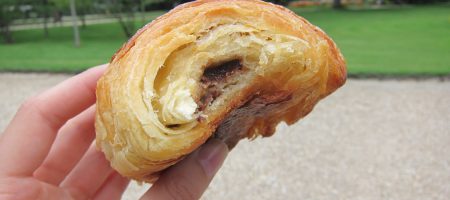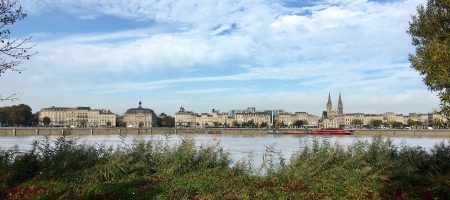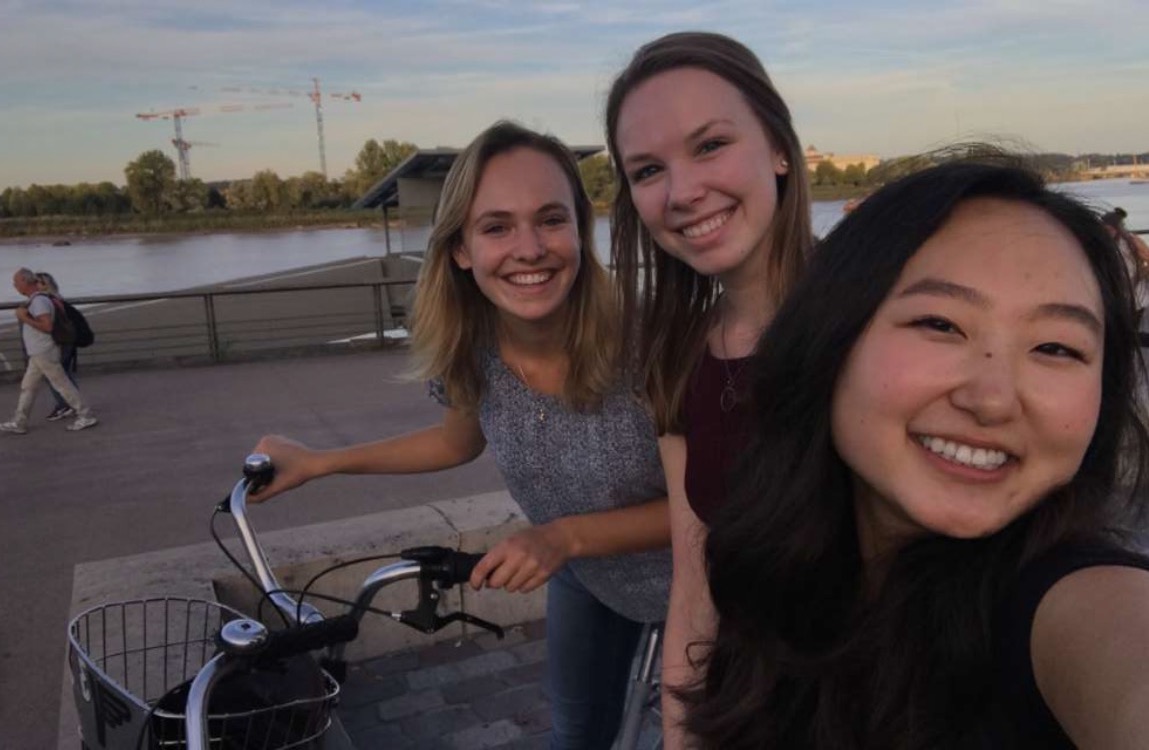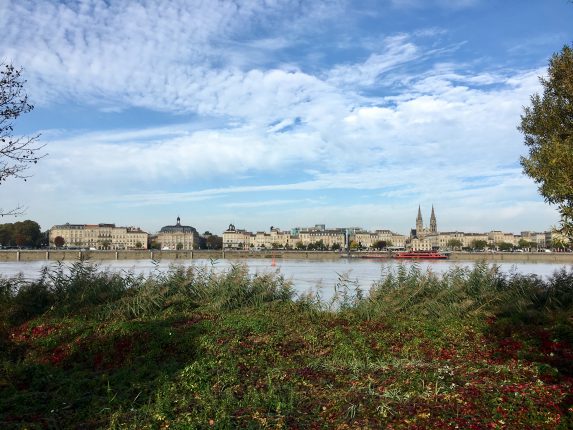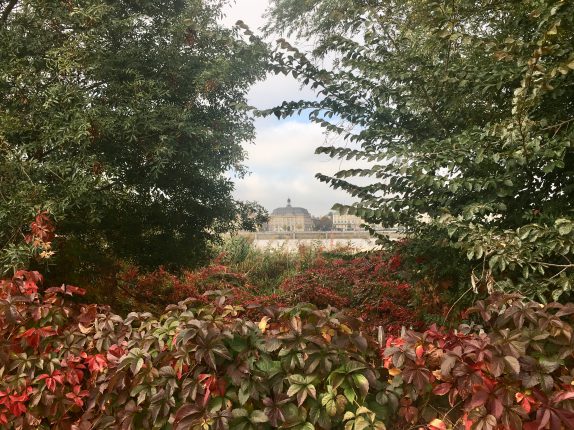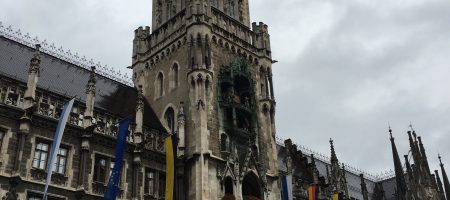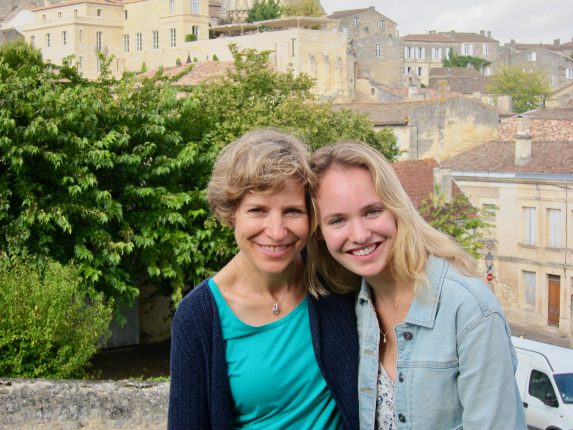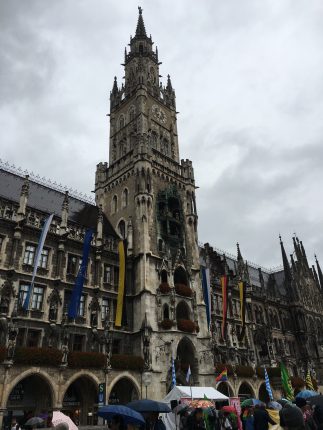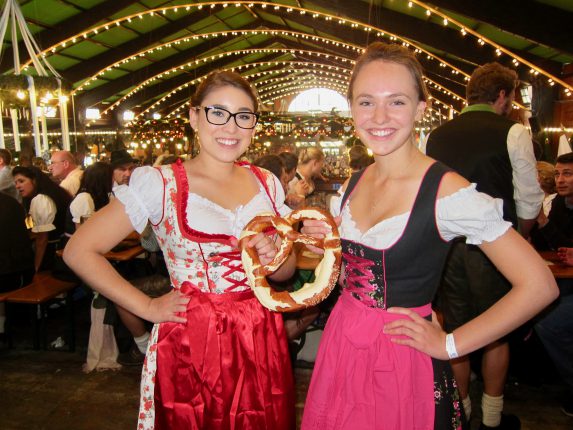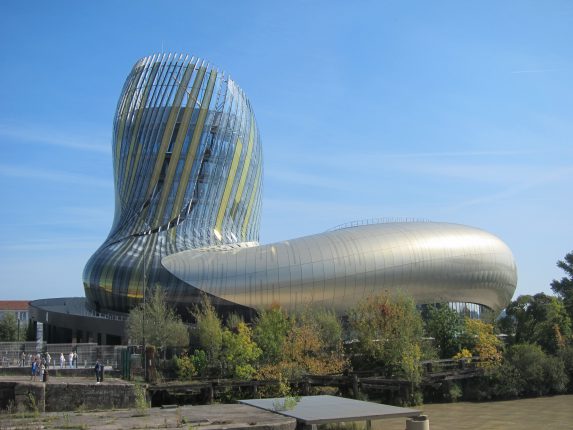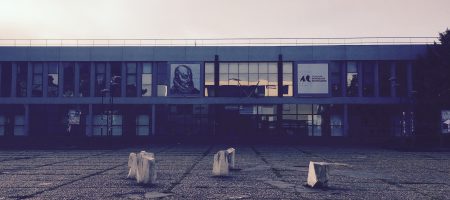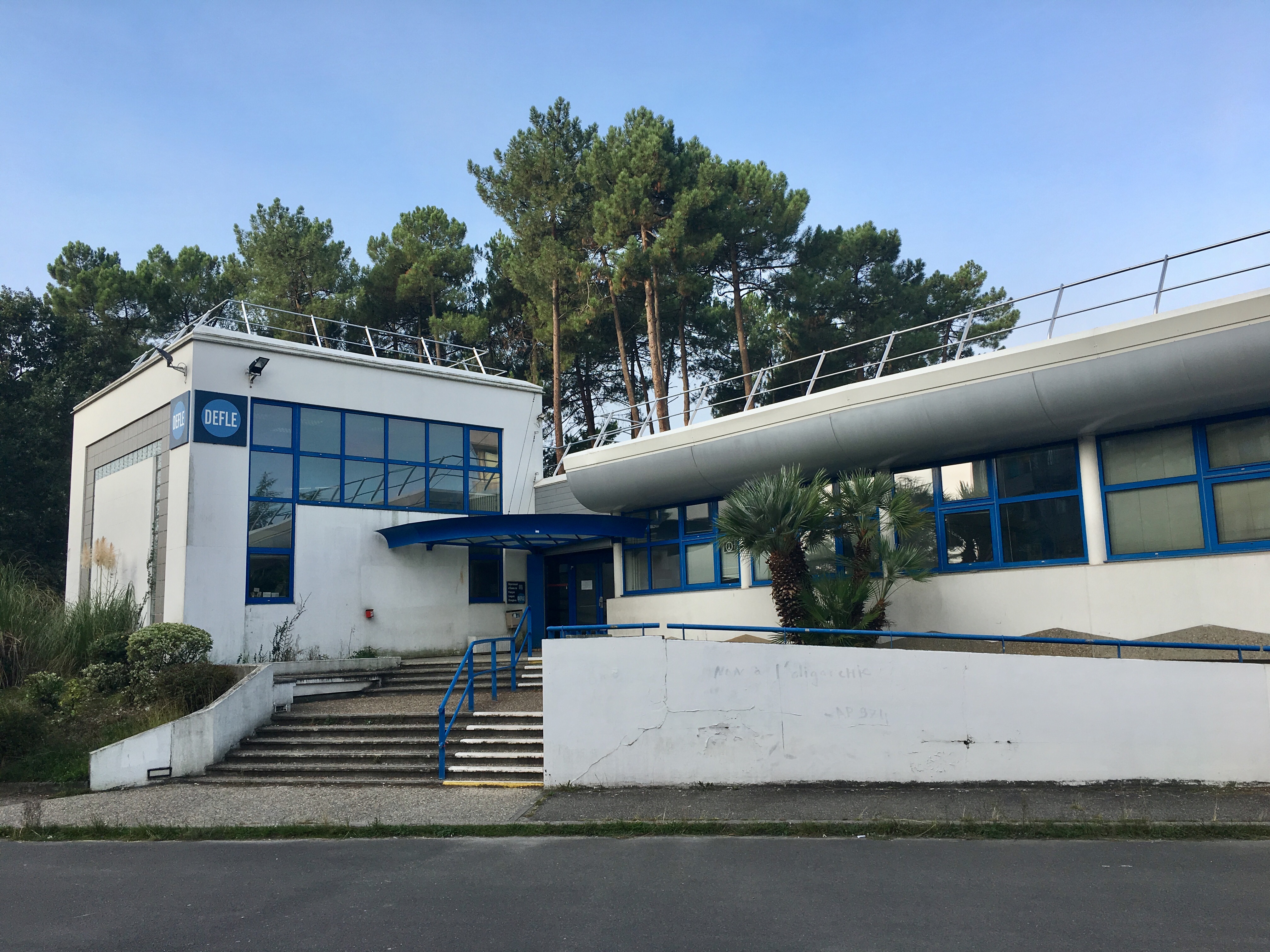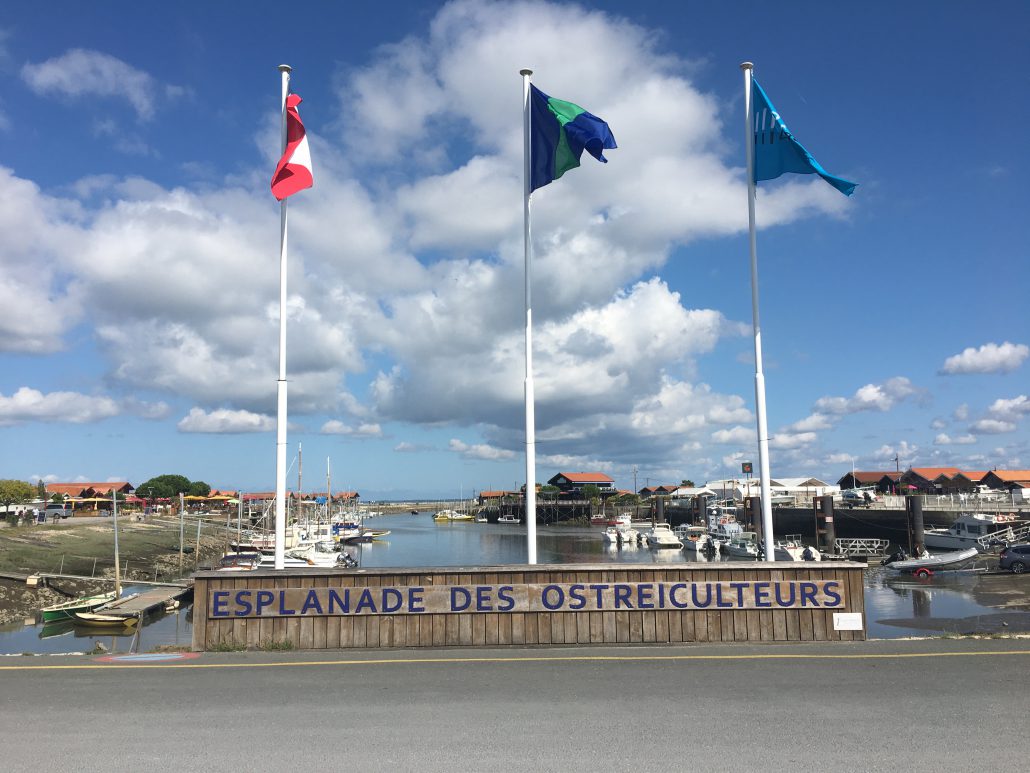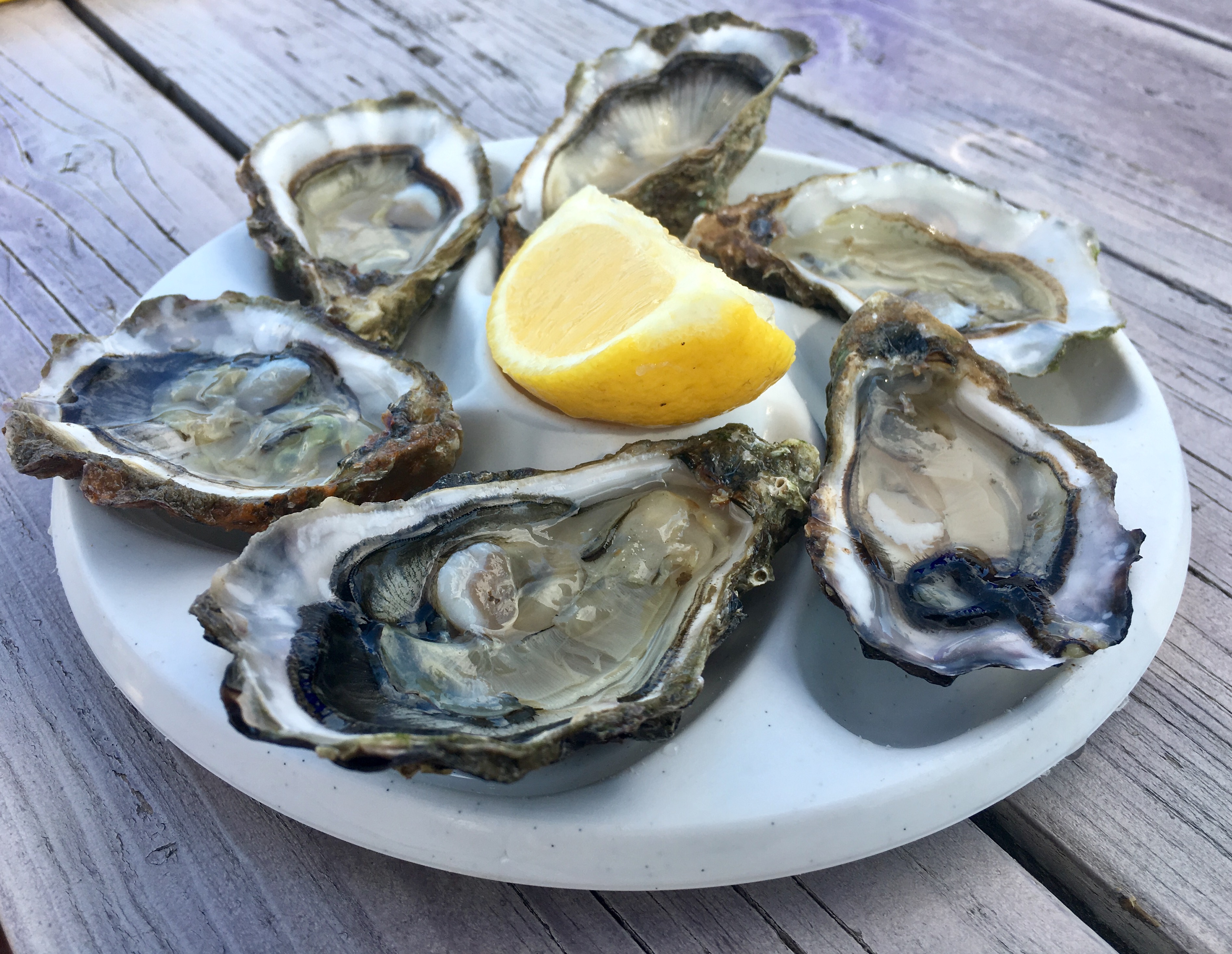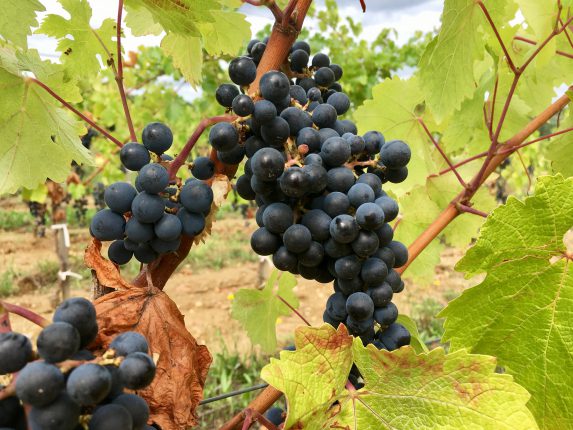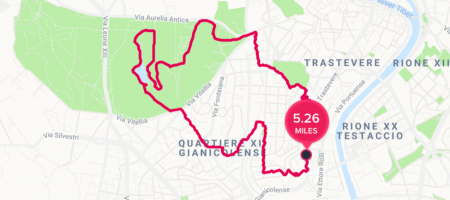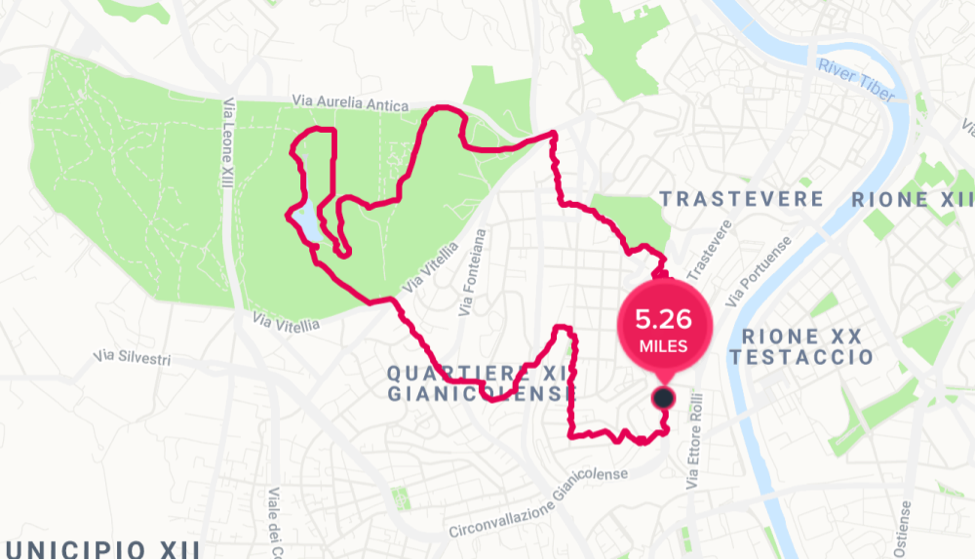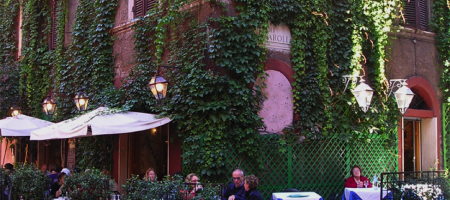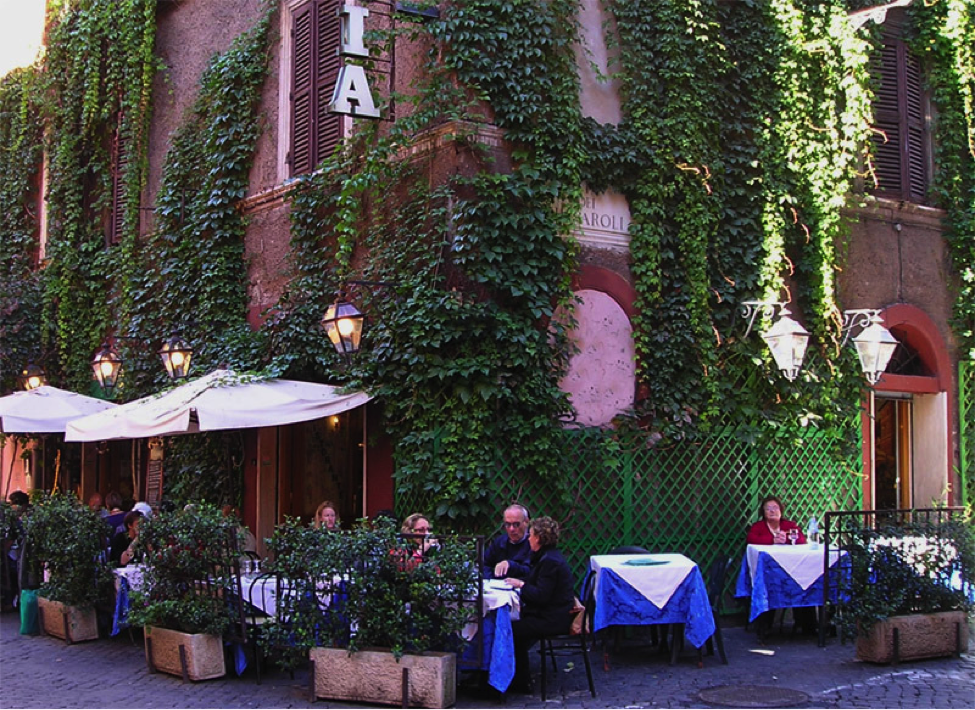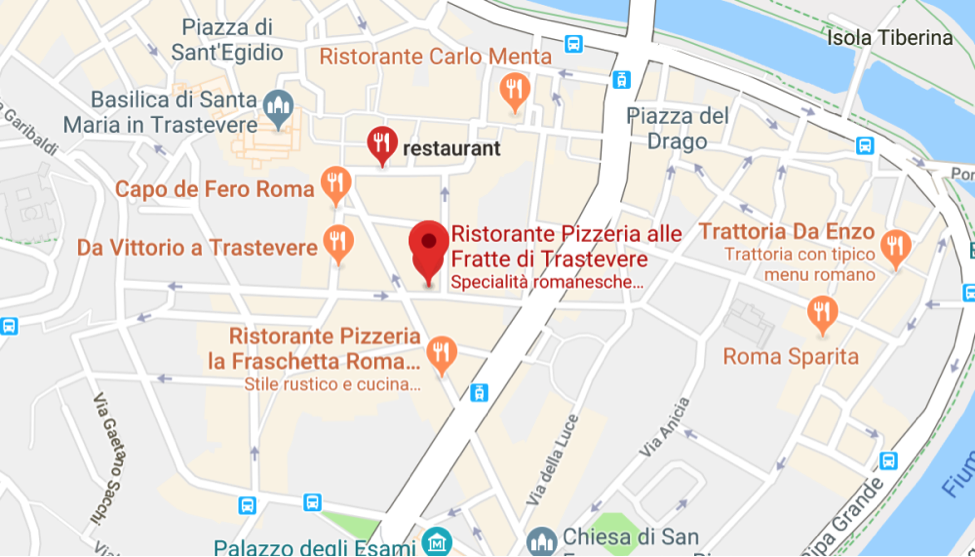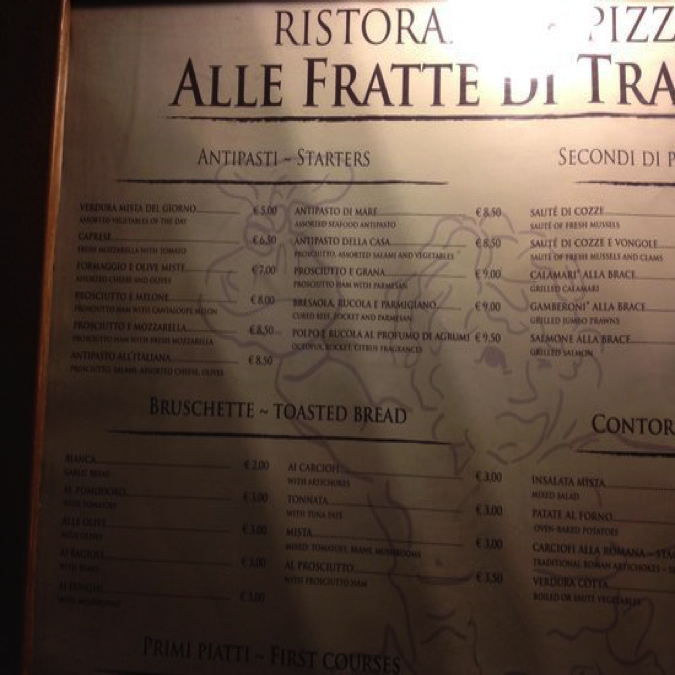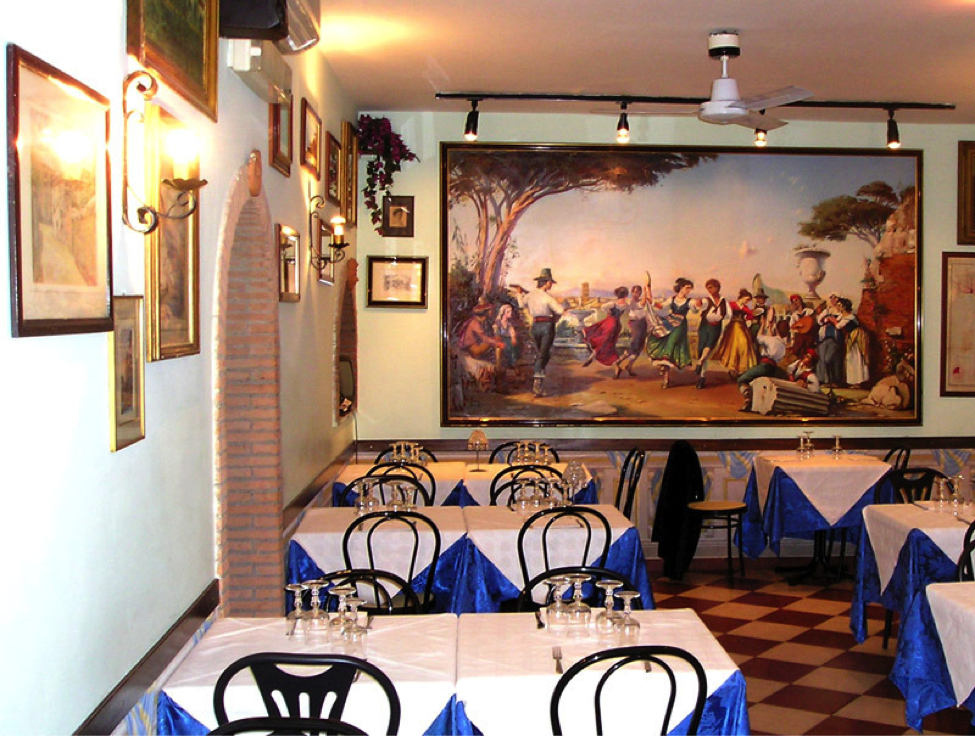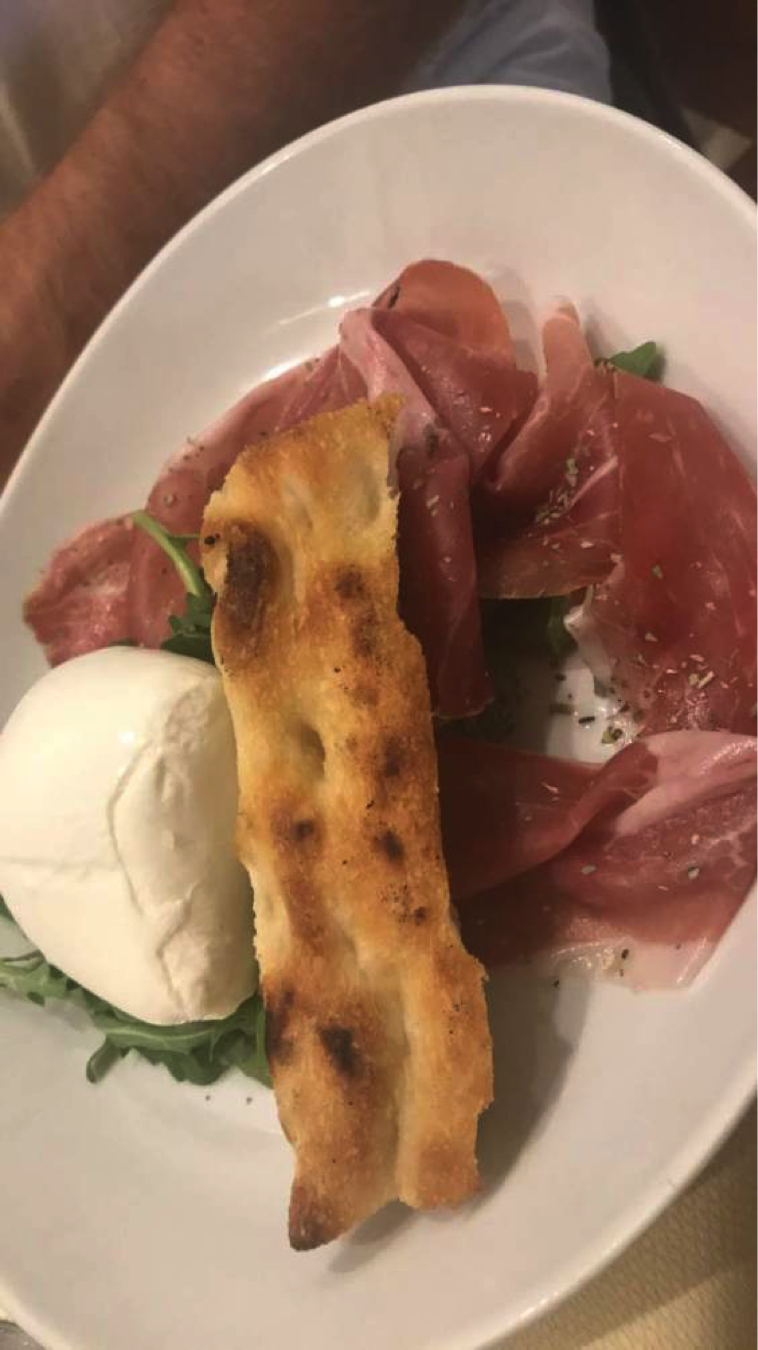France | Pain au Chocolat? Boulangeries in Bordeaux!
BY NATASHA SZOMBATHY
It’s a rainy Sunday in Bordeaux, so my friends Adam, Tracie, and Amy and I decided we would spend the morning in a cozy café in the city center. Little did we realize, brunch is a huge thing in Bordeaux. Originally trying to eat at the British restaurant The Breakfast Club, which was raved about by other students, we met an hour and a half waiting time to be seated. So, we walked around in the pouring rain looking for somewhere else where we might be able to eat. After trying four other cafés and meeting the same fate, we realized we got up a little too late for Bordeaux brunch, as most restaurants don’t take reservations.
We ended up at Le Parlement, a tea house at la Place du Parlement, right in the center of town. We each ordered the “petit dejuener gourmand,” which consisted of viennoiseries, baguettes, fresh squeezed orange juice, coffee, and cake. It was just delicious, and it inspired me to do a little post about some of my favorite boulangeries in the city!

First of all, there is a very important bit of local slang you must know when you go to a boulangerie in Bordeaux! While in the rest of France, a chocolate croissant is called a “pain au chocolat,” be sure to refer to these little delicacies as “chocolatines” in Bordeaux. People will give you funny looks if you don’t, guaranteed 😉 They will probably follow up with asking if you if you’d like “une poche” for your chocolatines, which is the bordelaise version of “un sac” (or a bag). Get these words right, and they will know you’re a local!
One of my favorite boulangeries here is “Le Boulanger de L’Hôtel de Ville” (76 Rue des Trois-Conils, 33000 Bordeaux). Also great is “La Boulangerie” in the quarter of Saint Michel (51 Rue des Faures, 33000 Bordeaux), and Anaïs from the California office will tell you to check out the boulangerie right across the street from the tram line A station at Hôtel de Ville.

If you are in the area of Université Bordeaux Montaigne, the closest, and tastiest boulangerie in my opinion is Bernils (92 Avenue du Dr Albert Schweitzer, 33600 Pessac), which specializes in Basque treats! They also have really great quiches and sandwiches for lunch, which you can combine with a pastry and a drink for about 6 euros. The only downside is that this boulangerie does not have any seating, but there are nice grassy areas to sit right across the street on sunny days! Another quite good boulangerie close to the university is at the tram B stop at Forum (285 Cours de la Libération, 33400 Talence). Here there are a lot of tables, so it is a great study spot (and the wifi usually works)!
Hope you’ll enjoy these recommendations if you find yourself in Bordeaux! The boulangerie is truly an integral part of French culture, and it is a strange day if I do not find myself in one! You’ll quickly learn, especially if you are staying in a host family, that bread with confiture and butter is something French people can’t live without for breakfast! Even if you’re not at one every morning for breakfast, most boulangeries, such as the ones I mentioned, offer very inexpensive lunch formulas, which is great for students! Bonne dégustation !
Natasha Szombathy studied abroad in Bordeaux, France in 2017: http://eap.ucop.edu/OurPrograms/france/Pages/univ_of_bordeaux_coursework_french.aspx


